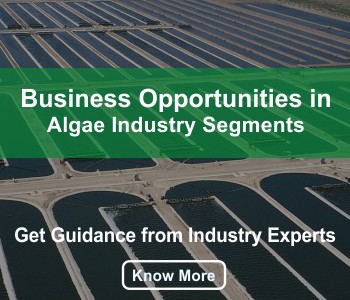Eutrophication - Definition, Glossary, Details - Oilgae
Eutrophication - Eutrophication is a process whereby water bodies, such as lakes, estuaries, or slow-moving streams receive excess nutrients that stimulate excessive plant growth (algae, periphyton attached algae, and nuisance plants weeds). This enhanced plant growth, often called an algal bloom, reduces dissolved oxygen in the water when dead plant material decomposes and can cause other organisms to die. Nutrients can come from many sources, such as fertilizers applied to agricultural fields, golf courses, and suburban lawns; deposition of nitrogen from the atmosphere; erosion of soil containing nutrients; and sewage treatment plant discharges.Eutrophication - Natural eutrophication is the process by which lakes gradually age and become more productive. It normally takes thousands of years to progress. However, humans, through their various cultural activities, have greatly accelerated this process in thousands of lakes around the globe. Cultural or anthropogenic eutrophication is water pollution caused by excessive plant nutrients.
Links
Eutrophication - Eutrophication (pronounced you-tro-fi-KAY-shun) is a natural process that occurs in an aging lake or pond as that body of water gradually builds up its concentration of plant nutrients. Cultural or artificial eutrophication occurs when human activity introduces increased amounts of these nutrients, which speed up plant growth and eventually choke the lake of all of its animal life.
Eutrophication Experiments - Eutrophication is derived from two Latin words meaning good and food. In studies of freshwater ecosystems, the term is used to refer to the process by which lakes, ponds, and streams become enriched with inorganic plant nutrients, especially phosphorus and nitrogen. This process happens naturally over a long period of time as dead organic matter accumulates, and is one step in the normal succession of the freshwater ecosystem.
The slow aging process during which a lake, estuary, or bay evolves into a bog or marsh and eventually disappears.
a naturally occurring change that take place after a water body receives inputs of nutrients, mostly nitrates and phosphates, from erosion and runoff of surrounding lands; this process can be accelerated by human activities. - Source
Runaway growth of aquatic plants that occurs when agricultural fertilizers containing phosphorus and nitrogen run off into lakes and ponds; also ultimately increases the plant death rate with the result that the bacterial decomposition of the dead plants uses up oxygen, causing Þsh and other organisms to suffocate.






